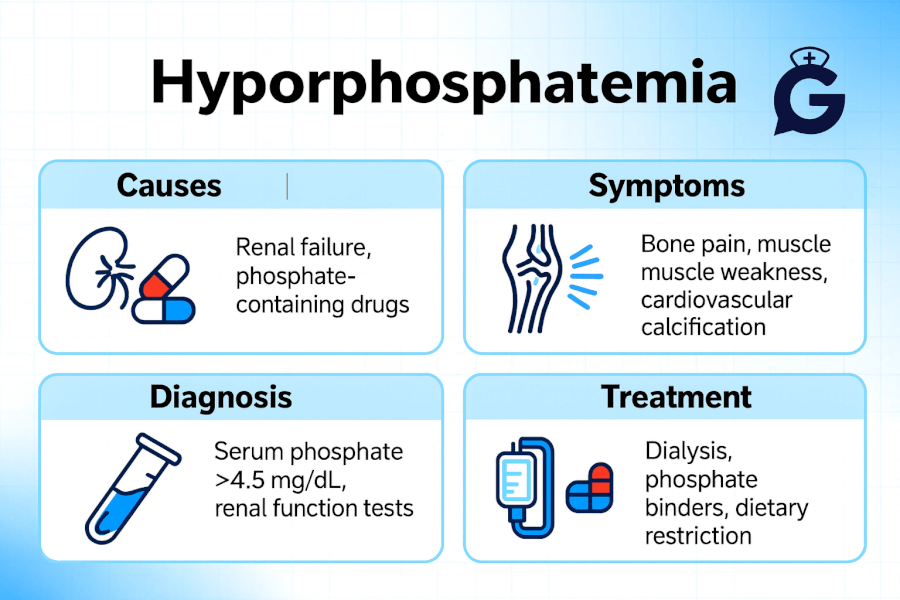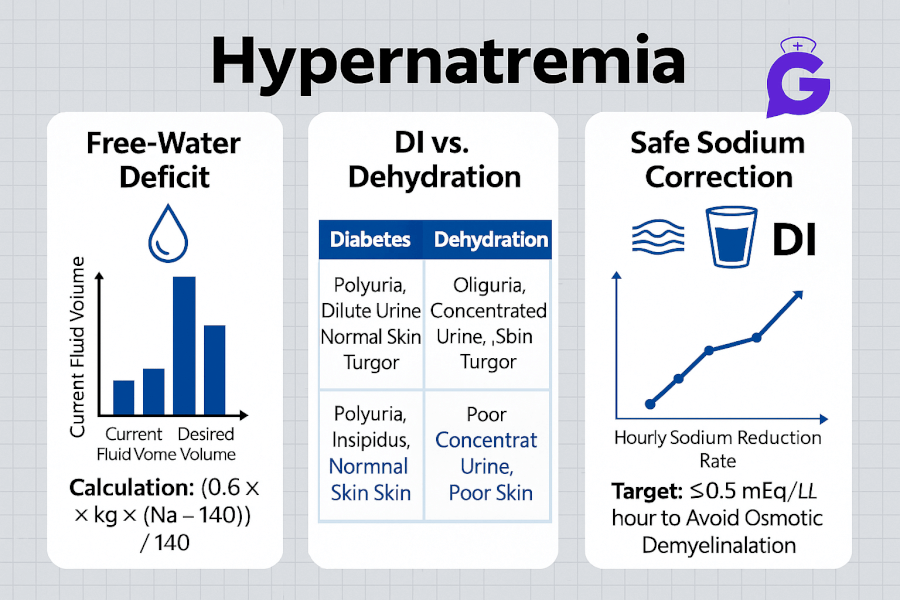Dosage calculations are a critical skill for nursing students and practicing nurses alike. Accurately calculating medication doses helps ensure patient safety and builds confidence in clinical settings. In this guide, we’ll break down essential dosage calculation formulas, explore common pitfalls, and share resources to help you master dosage calculations once and for all.
Table of Contents
- Why Dosage Calculations Matter
- Common Dosage Calculation Formulas
- IV Flow Rates and Drip Factors
- Practical Tips for Success
- Avoiding Common Pitfalls
- Practice Questions & Additional Resources
- Conclusion
Why Dosage Calculations Matter
Medication errors remain a significant concern in healthcare. Even a small miscalculation can lead to adverse patient outcomes. Nursing students who prioritize dosage calculation skills early on often find clinicals and NCLEX exams less stressful. By mastering the math, you:
- Enhance Patient Safety: Correct doses prevent complications like underdosing or overdosing.
- Boost Confidence: Knowing you can handle medication calculations lowers anxiety in a clinical environment.
- Improve Exam Performance: Many NCLEX and HESI questions involve dosage or IV drip rate problems.
Pro Tip: For an AI-powered approach to dosage calculations and other NCLEX topics, check out GoodNurse. Our on-demand Q&A and massive question bank can reinforce your learning through immediate, detailed explanations.
Common Dosage Calculation Formulas
1. Basic Formula
Desired Dose (D) / Available Dose (H) × Quantity (Q) = X (Amount to Administer)
- D = Dose ordered by provider
- H = Dose on hand (as listed on medication label)
- Q = The form in which the medication is available (e.g., tablets, mL)
2. Weight-Based Calculations
When medications are ordered by weight (mg/kg), the formula expands:
(Ordered mg/kg) × (Patient Weight in kg) = Total mg per dose
Then, apply the Basic Formula to determine tablets, mL, or units to deliver.
3. Liquid Conversions
Common conversions often used in pediatrics or specialized meds:
- 1 tsp = 5 mL
- 1 tbsp = 15 mL
- 1 oz = 30 mL
- 1 kg = 2.2 lbs
IV Flow Rates and Drip Factors
Many NCLEX and clinical questions involve IV flow rates. The standard formula is:
(Volume to Infuse (mL) × Drip Factor (gtt/mL)) / Time (minutes) = Flow Rate (gtt/min)
- Volume: Total fluid volume ordered (e.g., 1000 mL over 8 hours).
- Drip Factor: Based on the IV tubing set (e.g., 10 gtt/mL or 20 gtt/mL).
- Time: Infusion time in minutes (not hours).
Example: If you have 1000 mL to infuse over 8 hours using a 15 gtt/mL set:
Time in minutes = 8 hrs × 60 min/hr = 480 minutes Flow Rate = (1000 × 15) / 480 = 31.25 gtt/min (approx. 31 gtt/min)
Practical Tips for Success
-
Memorize Key Conversions
Familiarize yourself with common metric conversions and household measures. This reduces on-the-spot confusion. -
Double-Check with a Calculator
Even if you’re good at mental math, confirm results with a reliable calculator—especially for complex or critical meds. -
Use Dimensional Analysis
Converting units systematically helps avoid mixing up mg, g, and kg. -
Leverage AI-Based Study Tools
Consider an AI tutor like GoodNurse to ask questions 24/7 and get instant feedback on dosage practice.
Avoiding Common Pitfalls
- Decimal Placement: A missing or extra zero can drastically alter a dose. Always confirm decimal points, especially with pediatric doses.
- Mixing Units: Converting between mg and mcg incorrectly leads to major errors. Stay consistent or cross-check with a reliable reference.
- Unclear Orders: If a provider’s order is ambiguous (e.g., “pt weighs 100 lb” but you’re not sure if they meant lb or kg), clarify before calculating.
Remember: If in doubt, ask! Real-world nurses consult drug references, pharmacists, and colleagues. In an exam scenario, rely on dimensional analysis to catch mistakes.
Practice Questions & Additional Resources
-
Practice Sets
- Try question sets focused on dosage calculations and IV rates at GoodNurse. Rationales explain each step thoroughly.
-
NCLEX-Style Problems
- Check out the official NCLEX Exam Page for test-taking tips and to see how dosage questions are structured.
-
Interactive Apps
- Many students find success using quiz apps or flashcards to reinforce mental math.
Conclusion
Mastering dosage calculations is essential for safety and confidence in nursing practice. By understanding the core formulas, practicing consistently, and leveraging tools like an AI tutor or a robust question bank, you can strengthen your skills and approach patient care with greater assurance.
For those preparing for the NCLEX or HESI, honing your dosage skills early will serve you well across all exam sections. Interested in a comprehensive, tech-savvy way to study? Visit GoodNurse.com to explore their AI-powered Q&A and massive question library—perfect for deepening your dosage calculation know-how and acing your nursing exams.
Disclaimer: Always follow your institution’s protocols and up-to-date clinical references. This article is intended for educational purposes and does not replace professional medical judgment.






